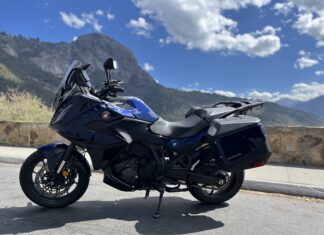
The NTSB published more details on its investigation into this fatal Tesla crash.
Last April, a 2019 Tesla Model S P100D crashed in the Houston suburb of Spring, Texas, killing both the driver and his passenger. The circumstances of the accident were puzzling, as authorities found neither man in the driver’s seat when they responded to the crash. One occupant was in the back seat, while the other was in the front passenger seat. Now, the U.S. National Transportation Safety Board announced more details on its investigation, noting the driver was, in fact, behind the wheel when the accident occurred.
Their investigation is ongoing, but that critical detail does put to rest original reports suggesting “no one was driving” as the car traveled 550 feet, crashed, then caught fire. At the time, questions arose as to whether the driver could have engaged Autopilot in that short distance. However, an NTSB update in May, now followed by this update cast doubt on that possibility, though the agency is still investigating the accident. Working with the manufacturer of the Tesla’s event data recorder (EDR), the NTSB was able to determine that both the driver and passenger seats were occupied, with their respective seat belts fastened. Post-crash analysis of the steering wheel indicated some damage was caused by the fire, but other deformation was due to an impact.
Their report also mentions the speed at which the driver was traveling
Leading up to the accident, the agency says the Tesla was traveling up to 67 mph, with the accelerator pedal pressed as much as 98.8%. At this point, though, there is not a conclusive answer on exactly how the accident occurred. NTSB investigators are still analyzing the Autopilot system, the fire, whether the driver or passenger attempted to get out and couldn’t, and the driver’s toxicology report.
Based on the outcome of all those items, the NTSB will eventually issue its final report, as well as any safety recommendations to prevent similar accidents in the future.
Tesla, for its part, is supporting the agency in its investigation, per the NTSB’s latest update.























